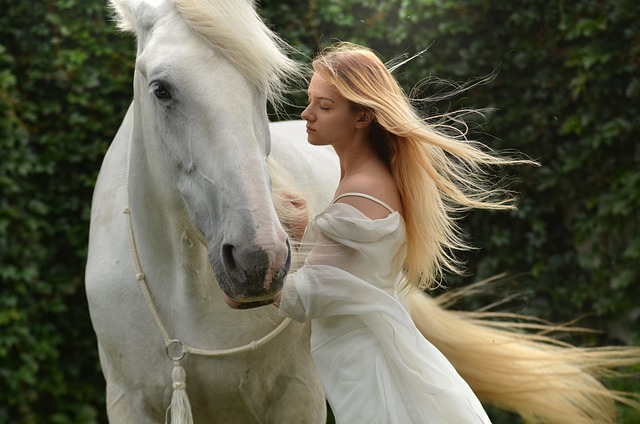Spis Treści
What is a Fast Horse Run Called?
When it comes to horses, their speed and agility have always fascinated humans. Whether you are a horse enthusiast, a racing fan, or simply curious about equine terminology, you may have wondered what a fast horse run is called. In this article, we will explore the answer to this question and delve into the world of horse racing and equestrian sports.
The Terminology of Horse Gaits
Before we dive into the specific term for a fast horse run, it is essential to understand the different gaits or ways in which horses move. Horses have four natural gaits:
- Walk: The walk is the slowest gait of a horse, where each of its four hooves hits the ground separately.
- Trot: The trot is a two-beat gait, where the horse’s diagonal pairs of legs move together. It is faster than a walk but still relatively moderate in speed.
- Canter: The canter is a three-beat gait, with one hind leg and the opposite diagonal foreleg hitting the ground together. It is faster than a trot and often associated with elegance and grace.
- Gallop: The gallop is the fastest natural gait of a horse. It is a four-beat gait where all four hooves are off the ground simultaneously. The gallop allows horses to reach their top speeds.
The Fast Horse Run: The Gallop
Now that we have established the different gaits of a horse, it is clear that the fast horse run is called a gallop. The gallop is the gait associated with speed, power, and exhilaration. It is the gait used in horse racing, where horses compete to reach the finish line in the shortest amount of time.
Horse Racing and the Gallop
Horse racing is a popular sport that has been enjoyed for centuries. It involves horses running at high speeds over a predetermined distance, typically on a racetrack. The gallop is the primary gait used in horse racing, allowing horses to showcase their speed and athleticism.
There are various types of horse races, including flat racing, steeplechase, and harness racing. In flat racing, which is the most common form, horses gallop on a level track without any obstacles. Steeplechase, on the other hand, involves horses galloping over hurdles and other obstacles. Harness racing utilizes a different gait called the pace, where horses move both legs on one side of their body together.
Training for Speed
For a horse to excel in racing and achieve a fast gallop, extensive training is required. Trainers and jockeys work together to enhance a horse’s speed, endurance, and overall performance. Here are some key aspects of training for speed:
- Conditioning: Horses undergo rigorous conditioning programs to build their stamina and cardiovascular fitness. This includes regular exercise, gallop workouts, and controlled diets.
- Interval Training: Interval training involves alternating between periods of intense galloping and slower recovery periods. This method helps improve a horse’s speed and endurance.
- Breeding: Selective breeding plays a significant role in producing fast racehorses. Breeders aim to pass on desirable traits, such as speed and agility, to future generations.
- Jockey Skills: Jockeys are skilled riders who play a crucial role in guiding and motivating the horse during a race. Their expertise in balancing speed and control is vital for achieving optimal performance.
Famous Fast Horses
Throughout history, there have been exceptional racehorses that have captured the world’s attention with their incredible speed. Here are a few notable examples:
| Horse | Country | Notable Achievements |
|---|---|---|
| Secretariat | United States | Won the Triple Crown in 1973, set multiple speed records |
| Black Caviar | Australia | Unbeaten in all 25 of her races, known for her incredible acceleration |
| Frankel | United Kingdom | Remained unbeaten in all 14 of his races, renowned for his speed and dominance |
Conclusion
In conclusion, a fast horse run is called a gallop. The gallop is the fastest natural gait of a horse and is utilized in horse racing to showcase speed and athleticism. Through training, conditioning, and selective breeding, racehorses are prepared to achieve their maximum potential in terms of speed and performance. Notable racehorses throughout history have captivated audiences with their incredible speed and achievements. Whether you are a racing enthusiast or simply curious about horses, understanding the gallop and its significance in horse racing adds depth to your knowledge of these magnificent animals.



















